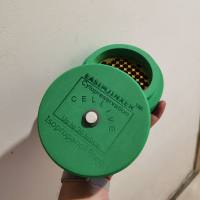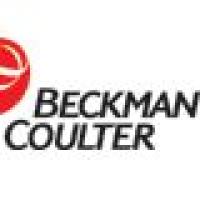Saturation Analysis of Ligand Binding Using a Centrifugation Procedure
互联网
- Abstract
- Table of Contents
- Materials
- Figures
- Literature Cited
Abstract
The use of filtration assays is often unsuitable for radioligands with rapid dissociation rates. Rapid dissociation may result in the loss of significant amounts of bound ligand during the separation of bound from free ligand associated with filtration. The primary advantage of the centrifugation assay for characterizing the binding of a radioligand is that the bound ligand is separated from free ligand without initiating significant ligand dissociation from its receptor. Nonetheless, the small volume of supernatant that remains trapped within the membrane pellet (even after a superficial rinsing of the pellet surface) often results in an increased nonspecific binding compared to filtration techniques. The unit presents a protocol for the binding of [3 H]glycine to the glycine recognition site of the NMDA receptor complex. This assay is commonly employed because of the current lack of high?affinity agonist ligands that interact with this recognition site. The use of other radioligands may require different tissue preparations, buffer systems, and assay conditions, but the basic steps involving sedimentation of the pellet, removal of supernatant, superficial washing of the pellet surface, and solubilization of the pellet will remain the same.
Table of Contents
- Commentary
- Figures
- Tables
Materials
Basic Protocol 1:
Materials
|
Figures
-

Figure 7.7.1 The results of a typical assay in which unlabeled glycine has been used to displace [3 H]glycine (100 nM) in well‐washed cortical membranes (163 µg/tube protein in this example) from a male NIH‐Swiss mouse. In this representative experiment, the IC50 of glycine was 479 nM and B 0 (basal binding in the absence of a competitive inhibitor) was 1219 fmol/mg protein. Total binding was 376 fmol/tube and nonspecific binding was 183 fmol/tube. Specific binding in this assay should be in the 50% to 60% range (51% in this example). View Image









